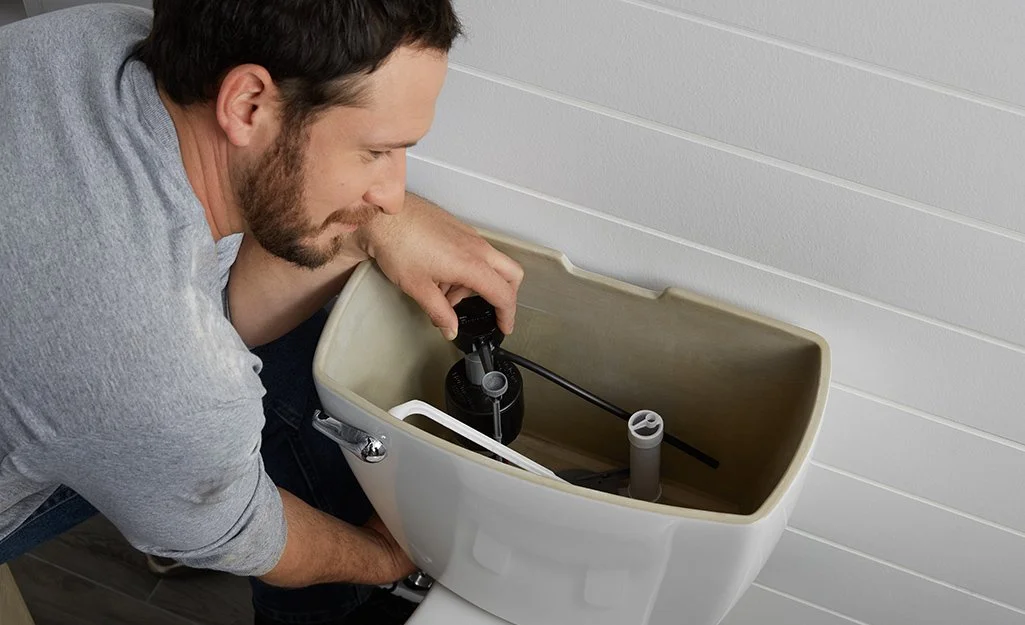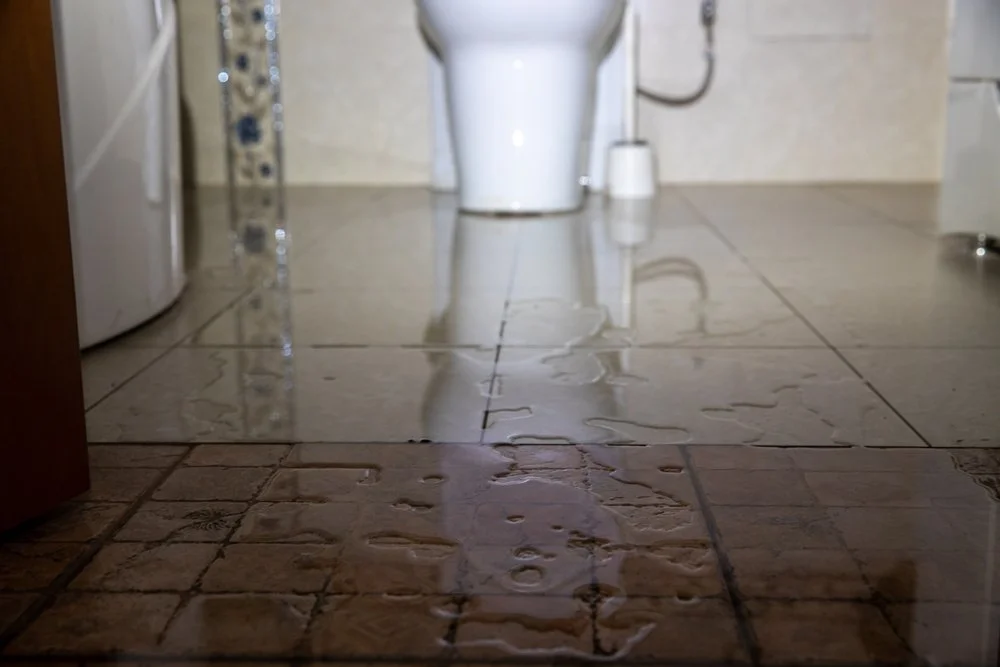Power Shower vs Electric Shower
RH Business Marketing Solutions
Everything You Need to Know Before Deciding Which is Best for Your Home
Power Shower versus Electric Shower – Which is Better?
For many households, it is essential to make the right decision in what kind of shower to buy. A power shower or an electric shower offers two great options when it comes to getting a shower head that provides valuable hot water, great temperature control, and a considerable amount of pressure. While both showers offer benefits and features, determining which one is best can be difficult. In this article, we will explore the differences between a power shower and an electric shower, and answer the question of which one is better.
What is a Power Shower?
A power shower is a type of powerful shower head connected to large, pressurized hot and cold-water systems. It uses a built-in pump that sends splashes of hot and cold water to the shower head, resulting in a much more powerful shower than that of a standard shower head. Power showers are ideally suited for multi-story dwellings with low pressure, as they can guarantee continuous water output at a consistent level of water pressure.
A power shower is an affordable and efficient shower system that uses a combination of electricity, water pressure, and air to deliver a superior and invigorating showering experience compared to traditional showers. In today's world, a power shower is an energy-saving option that is quickly becoming the standard for bathing.
How Does a Power Shower Work?
On the face of it, a power shower looks very much like a regular shower. However, there are many features that make it stand out from the mundane everyday shower. A power shower uses a pump located in the shower head, working with the cold and hot water supplies. It pumps the water around a store of heated coils, then the mixture of air and the water is forced through multiple arms, creating a pulsating and massage-like effect. The combination of air and the heated water gives an extra boost of power to the flow, thus the terms 'power' or 'turbo' shower.
The Benefits of a Power Shower
The main benefit to a power shower is that it gives an invigorating cleansing experience unlike any other. The massaging pulsations created by the powerful mix of air and water are quite a delight. They give a pleasant, stimulating sensation that would be difficult to achieve with any other form of shower. Power showers are also big on energy efficiency; they consume much less water than traditional showers and therefore use less energy overall.
Another unusual feature of power showers is that some come with supplementary features. Certain models may have adjustable temperature controls, as well as additional features that allow for added customization of the shower experience. This includes massage jets, filtering systems, and aromatherapy settings. These extra features may come at an additional cost, but such technology allows for a totally unique showering experience.
What is an Electric Shower?
Electric showers are becoming more popular as an alternative to traditional bathroom fixtures. They offer a convenient way to heat and control the water temperature, while also reducing your energy consumption and costs. But what exactly is an electric shower and how do they work?
An electric shower is a self-contained, wall-mounted bathroom fixture that provides a constant source of hot water. It runs independently from a traditional hot water boiler, meaning that you don’t need to wait for hot water to flow through your pipes in order to shower. Instead, electric showers heat cold water directly – typically within 10 to 20 seconds.
How Does an Electric Shower Work?
Electric showers are also relatively easy to install and maintain. A typical setup requires just one electric cable and a few small holes, making them an ideal choice for anyone who needs to install a shower quickly and easily. Furthermore, electric showers require minimal maintenance, as they do not accumulate as much limescale and dirt as traditional boilers and pipes.
At the heart of an electric shower is its powerful heating element, which is connected to a digital timer and temperature control. The element heats cold water that is then accessed and mixed through the digital control, allowing you to set your desired water temperature. This temperature is then filtered through a flow restrictor, ensuring that it remains consistent.
The Benefits of an Electric Shower
The great thing about electric showers is that they are incredibly efficient. A traditional boiler loses much of the energy it needs to generate hot water from the home, so it's not always the most cost-efficient way of heating water. On the other hand, electric showers require no such inefficiencies and, as long as you set your water temperature to the correct level, you can expect to use a great deal less energy.
Overall, an electric shower is a great way to heat and control the temperature of your shower water. It is efficient, easy to use, and requires minimal installation. As electric showers become increasingly popular, you can be sure that they will continue to offer a convenient and economical way of showering.
Can You Use a Power Shower With a Combi Boiler?
Generally speaking, no. At least not without some serious modifications. Since a combi boiler does not have a cylinder installed, the shower will operate under main pressure using the internal pump of the boiler, heating the water as needed.
Can You Use an Electric Shower With a Combi Boiler?
One of the most common types of boiler used in the UK is the Combi boiler. This type of boiler heats water directly from the mains and delivers hot water on demand. This removes the need for separate tanks or cylinders, making them extremely efficient. But can an electric shower be used with a combi boiler?
The answer is yes. An electric shower can be installed alongside a combi boiler. In fact, many electric shower manufacturers recommend that their units are installed alongside combi boilers as it maintains a more efficient water pressure than can be found in traditional water systems.
Some plumbing specialists do however stress the importance of ensuring that the electric shower you are using is compatible with the type of boiler you have. For example, if you are using a gravity-fed system then an electric shower with a high flow rate might not be suitable as it could lead to an imbalance in the internal water pressure
Should I Get an Electric Or A Power Shower?
The big deciding factor when comparing a power shower vs an electric shower is the water pressure. A power shower is able to provide continuous and powerful hot water due to its pressurized system and the pump that provides extra power. On the other hand, electric showers will provide you with hot water, but not with the same kind of water pressure that a power shower can.
Apart from water pressure, both showers offer many features and advantages. A power shower is designed to use as little energy as possible, resulting in lower energy bills. Electric showers, while they do require more energy and therefore more money, are usually a lot cheaper to buy and are easy to install.
In terms of cost, a power shower typically costs around £200 to £300. An electric shower, however, is much more affordable and can be found for as little as £50.
Additionally, both showers use different technologies to regulate the temperature. A power shower usually uses a thermostatic valve to regulate the temperature, while an electric shower has an up/down-regulated thermostat that allows you to choose the exact hot and cold levels that you need.
So, what is the verdict? Which is better – a power shower or an electric shower?
The answer is subjective and depends on your needs. Both are great options for showers, offering different levels of pressure and temperature, as well as pricing. If you have a large family or need a powerful shower in a multi-story house, then a power shower is probably the best option. Plus, you can choose between a selection of models which come with extra features, designed to make the experience even better. If you're serious about achieving a luxurious and highly-customizable shower, then a power shower could be right for you.
If you are looking for an affordable and compact option, then an electric shower may be the way to go. Ultimately, both showers offer great value and a variety of features, so take the time to consider both before making your choice.















